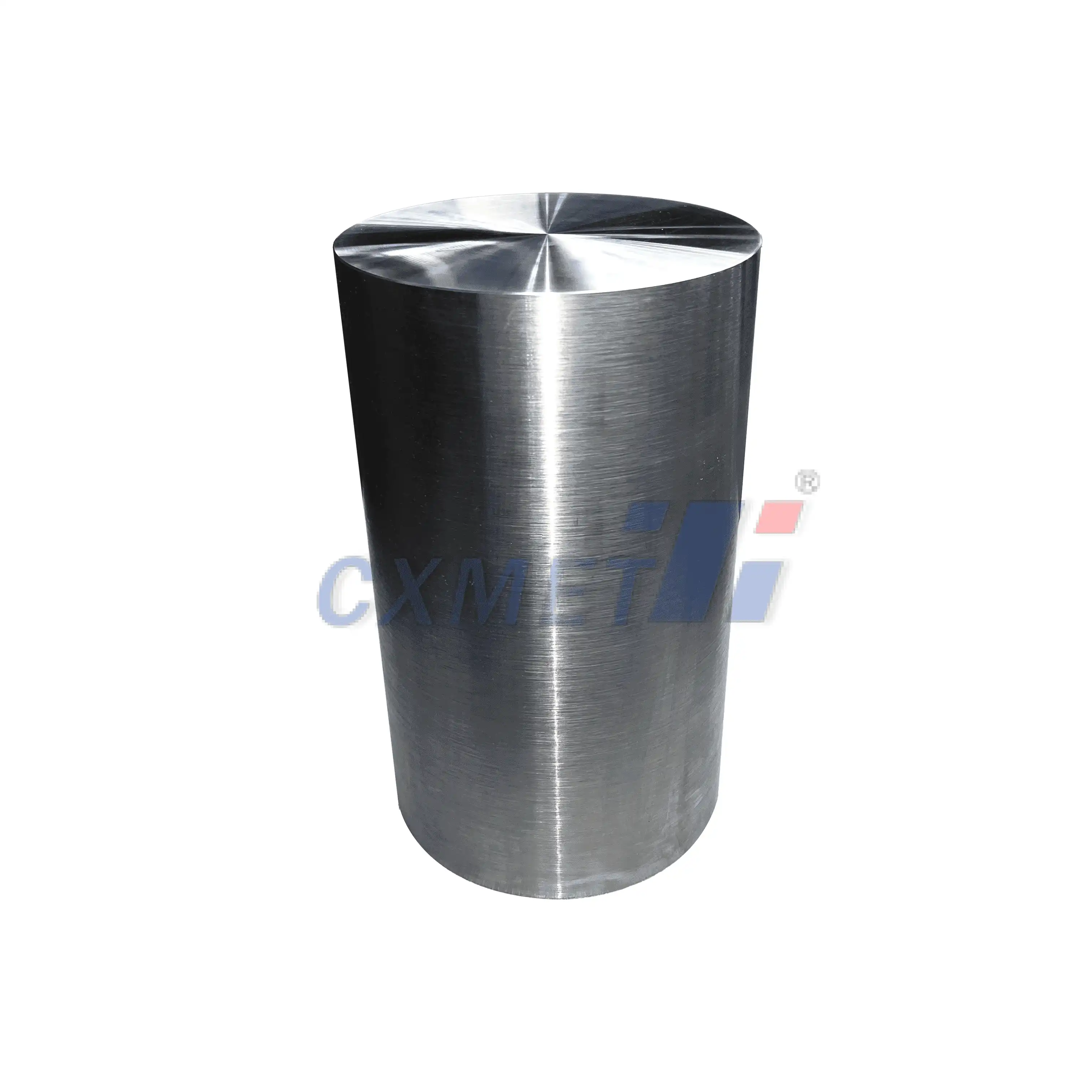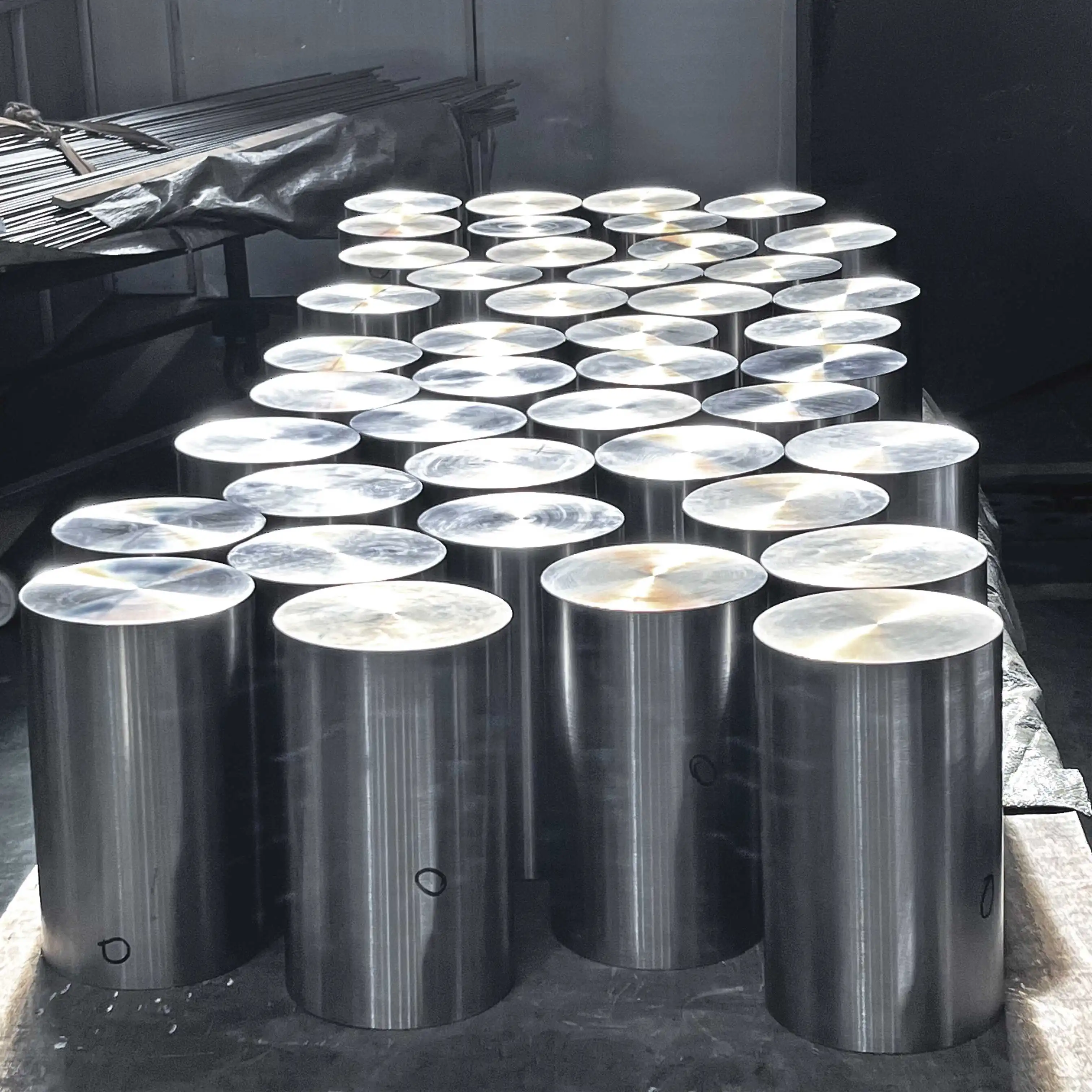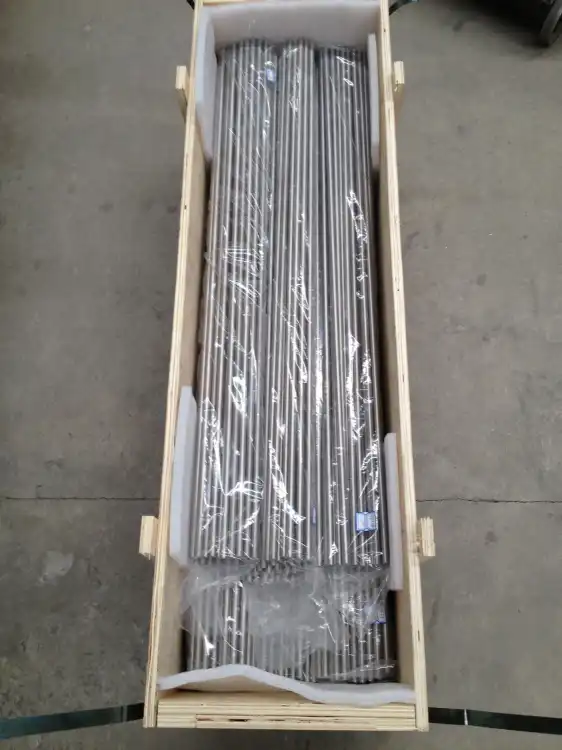- English
- French
- German
- Portuguese
- Spanish
- Russian
- Japanese
- Korean
- Arabic
- Greek
- German
- Turkish
- Italian
- Danish
- Romanian
- Indonesian
- Czech
- Afrikaans
- Swedish
- Polish
- Basque
- Catalan
- Esperanto
- Hindi
- Lao
- Albanian
- Amharic
- Armenian
- Azerbaijani
- Belarusian
- Bengali
- Bosnian
- Bulgarian
- Cebuano
- Chichewa
- Corsican
- Croatian
- Dutch
- Estonian
- Filipino
- Finnish
- Frisian
- Galician
- Georgian
- Gujarati
- Haitian
- Hausa
- Hawaiian
- Hebrew
- Hmong
- Hungarian
- Icelandic
- Igbo
- Javanese
- Kannada
- Kazakh
- Khmer
- Kurdish
- Kyrgyz
- Latin
- Latvian
- Lithuanian
- Luxembou..
- Macedonian
- Malagasy
- Malay
- Malayalam
- Maltese
- Maori
- Marathi
- Mongolian
- Burmese
- Nepali
- Norwegian
- Pashto
- Persian
- Punjabi
- Serbian
- Sesotho
- Sinhala
- Slovak
- Slovenian
- Somali
- Samoan
- Scots Gaelic
- Shona
- Sindhi
- Sundanese
- Swahili
- Tajik
- Tamil
- Telugu
- Thai
- Ukrainian
- Urdu
- Uzbek
- Vietnamese
- Welsh
- Xhosa
- Yiddish
- Yoruba
- Zulu
Can Titanium AMS 6242 Rods be Machined or Welded?
2025-02-17 15:43:07
Titanium AMS 6242 Rod For Aerospace is a high-strength titanium alloy known for its excellent mechanical properties and corrosion resistance. This alloy is widely used in aerospace, marine, and industrial applications due to its exceptional strength-to-weight ratio. When it comes to working with Titanium AMS 6242 rods, many engineers and manufacturers often wonder about the possibility of machining or welding this material. In this blog post, we will explore the machinability and weldability of Titanium AMS 6242 rods, as well as discuss some important considerations and best practices for working with this alloy.


What are the best machining techniques for Titanium AMS 6242 rods?
Machining Titanium AMS 6242 Rod For Aerospace requires careful consideration of various factors to achieve optimal results. While this alloy can be machined, it presents some challenges due to its high strength, low thermal conductivity, and tendency to work harden. However, with the right techniques and tools, successful machining can be achieved.
One of the most important aspects of machining Titanium AMS 6242 is selecting the appropriate cutting tools. Carbide tools are generally recommended for their durability and heat resistance. Coated carbide tools, particularly those with TiAlN or AlTiN coatings, can provide improved wear resistance and extend tool life. High-speed steel (HSS) tools can also be used for some operations, but they may wear more quickly than carbide tools.
When it comes to cutting speeds and feed rates, it's essential to maintain a balance between productivity and tool life. Generally, lower cutting speeds and higher feed rates are recommended for titanium alloys compared to other materials. For Titanium AMS 6242, cutting speeds typically range from 30 to 60 meters per minute (100 to 200 feet per minute) for turning operations, and slightly lower for milling operations. Feed rates should be kept relatively high to maintain chip formation and prevent work hardening.
Proper cooling and lubrication are crucial when machining Titanium AMS 6242 rods. Due to the alloy's low thermal conductivity, heat tends to concentrate at the cutting edge, which can lead to rapid tool wear and poor surface finish. Flood coolant or high-pressure coolant systems are highly recommended to effectively dissipate heat and flush away chips. Some manufacturers also use cryogenic cooling techniques, such as liquid nitrogen, to further improve machining performance.
Another important consideration is the use of rigid setups and tooling. Titanium AMS 6242's high strength and tendency to deflect under cutting forces make it essential to minimize vibration and chatter. Using short, rigid tool holders and ensuring proper workpiece clamping can help maintain stability during machining operations.
Advanced machining strategies can also be employed to improve productivity and tool life when working with Titanium AMS 6242 rods. For instance, high-speed machining (HSM) techniques, when properly implemented, can reduce cutting forces and heat generation. Trochoidal milling, which involves a circular tool path combined with a forward motion, can be particularly effective for slot milling and pocket milling operations in titanium alloys.
Is it possible to weld Titanium AMS 6242 rods without compromising their properties?


Welding Titanium AMS 6242 Rod For Aerospace is indeed possible, but it requires careful attention to detail and specialized techniques to maintain the alloy's desirable properties. Titanium and its alloys are highly reactive at elevated temperatures, which can lead to contamination and embrittlement if proper precautions are not taken during the welding process.
The most common welding methods for Titanium AMS 6242 include Gas Tungsten Arc Welding (GTAW), also known as TIG welding, and Electron Beam Welding (EBW). GTAW is often preferred for its versatility and ability to produce high-quality welds with good control over heat input. EBW, on the other hand, offers advantages in terms of deep penetration and minimal heat-affected zone, which can be beneficial for maintaining the alloy's properties.
One of the most critical aspects of welding Titanium AMS 6242 is maintaining a clean and inert atmosphere around the weld area. This is typically achieved through the use of inert gas shielding, usually argon or helium. The shielding gas must cover not only the weld pool but also the surrounding area and the backside of the weld to prevent oxygen and nitrogen contamination. Some welders use specialized purge chambers or trailing shields to ensure complete protection of the weld area.
Proper preparation of the welding surfaces is crucial for achieving high-quality welds in Titanium AMS 6242. The surfaces should be thoroughly cleaned and degreased to remove any contaminants that could compromise weld integrity. Mechanical cleaning methods, such as stainless steel wire brushing or chemical etching, may be employed to ensure a clean surface. It's important to use dedicated tools and consumables for titanium welding to prevent cross-contamination from other materials.
It's worth noting that welding Titanium AMS 6242 can potentially alter the microstructure and properties of the heat-affected zone (HAZ). This can result in changes to the material's strength, ductility, and fatigue performance. Careful control of welding parameters, such as heat input and cooling rates, can help minimize these effects. In some cases, advanced welding techniques like pulsed welding or specialized heat input control methods may be employed to optimize the weld microstructure.
What are the key differences between machining and welding Titanium AMS 6242 rods?
When working with Titanium AMS 6242 Rod For Aerospace, understanding the key differences between machining and welding processes is crucial for selecting the most appropriate fabrication method. Both techniques have their unique characteristics, advantages, and challenges that need to be considered in the context of the specific application and desired outcomes.
Machining Titanium AMS 6242 rods primarily involves removing material to achieve the desired shape and dimensions. This process allows for high precision and complex geometries to be created from a solid piece of material. Machining is particularly advantageous when producing components with tight tolerances or intricate features that would be difficult to achieve through other methods. However, machining can be time-consuming and may result in significant material waste, especially for complex parts.
On the other hand, welding Titanium AMS 6242 rods is a joining process that allows separate pieces to be fused together to create larger or more complex structures. Welding offers the advantage of being able to fabricate larger components that might be impractical or impossible to machine from a single piece of material. It also allows for greater design flexibility in terms of combining different shapes and thicknesses. However, welding introduces heat into the material, which can affect the microstructure and properties of the alloy in the heat-affected zone.
Another important distinction is the inspection and quality control processes associated with each method. Machined parts can be inspected using dimensional measurements, surface finish analysis, and non-destructive testing methods like ultrasonic or X-ray inspection. Welded components, in addition to these methods, often require more extensive non-destructive testing to ensure weld integrity, such as radiographic or dye penetrant inspection. Weld quality is critical, as defects can significantly impact the performance and reliability of the welded structure.
The choice between machining and welding Titanium AMS 6242 rods often depends on factors such as component size, complexity, production volume, and performance requirements. In many cases, a combination of both techniques may be employed to achieve the desired results. For example, individual components might be machined to precise dimensions and then welded together to form a larger assembly. This approach can leverage the strengths of both processes while mitigating their limitations.
In conclusion, both machining and welding are viable methods for working with Titanium AMS 6242 Rod For Aerospace, each with its own set of advantages and considerations. Understanding these differences is essential for engineers and manufacturers to make informed decisions about the most appropriate fabrication techniques for their specific applications. By carefully considering the unique characteristics of Titanium AMS 6242 and the requirements of the final product, it's possible to leverage the strengths of both machining and welding to create high-performance components and structures.
At SHAANXI CXMET TECHNOLOGY CO., LTD, we take pride in our extensive product range, which caters to diverse customer needs. Our company is equipped with outstanding production and processing capabilities, ensuring the high quality and precision of our products. We are committed to innovation and continuously strive to develop new products, keeping us at the forefront of our industry. With leading technological development capabilities, we are able to adapt and evolve in a rapidly changing market. Furthermore, we offer customized solutions to meet the specific requirements of our clients. If you are interested in our products or wish to learn more about the intricate details of our offerings, please do not hesitate to contact us at sales@cxmet.com. Our team is always ready to assist you.



References
- ASM International. (2015). ASM Handbook, Volume 6A: Welding Fundamentals and Processes.
- Boyer, R., Welsch, G., & Collings, E. W. (1994). Materials Properties Handbook: Titanium Alloys. ASM International.
- Donachie, M. J. (2000). Titanium: A Technical Guide. ASM International.
- Ezugwu, E. O., & Wang, Z. M. (1997). Titanium alloys and their machinability—a review. Journal of Materials Processing Technology, 68(3), 262-274.
- Joshi, V. A. (2006). Titanium alloys: An atlas of structures and fracture features. CRC Press.
- Leyens, C., & Peters, M. (Eds.). (2003). Titanium and titanium alloys: fundamentals and applications. John Wiley & Sons.
- Lütjering, G., & Williams, J. C. (2007). Titanium. Springer Science & Business Media.
- Moiseyev, V. N. (2005). Titanium alloys: Russian aircraft and aerospace applications. CRC press.
- Peters, M., Kumpfert, J., Ward, C. H., & Leyens, C. (2003). Titanium alloys for aerospace applications. Advanced Engineering Materials, 5(6), 419-427.
- Veiga, C., Davim, J. P., & Loureiro, A. J. R. (2013). Properties and applications of titanium alloys: A brief review. Reviews on Advanced Materials Science, 32(2), 133-148.
YOU MAY LIKE